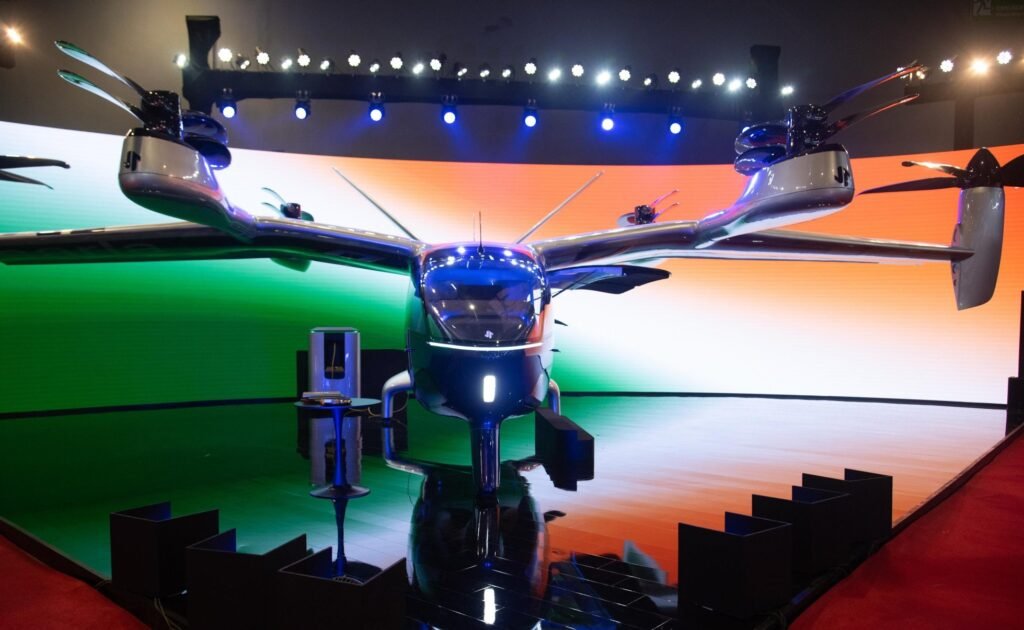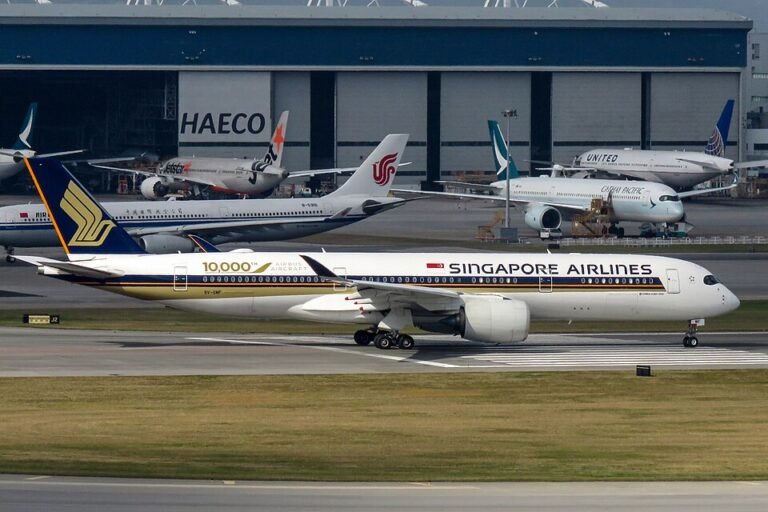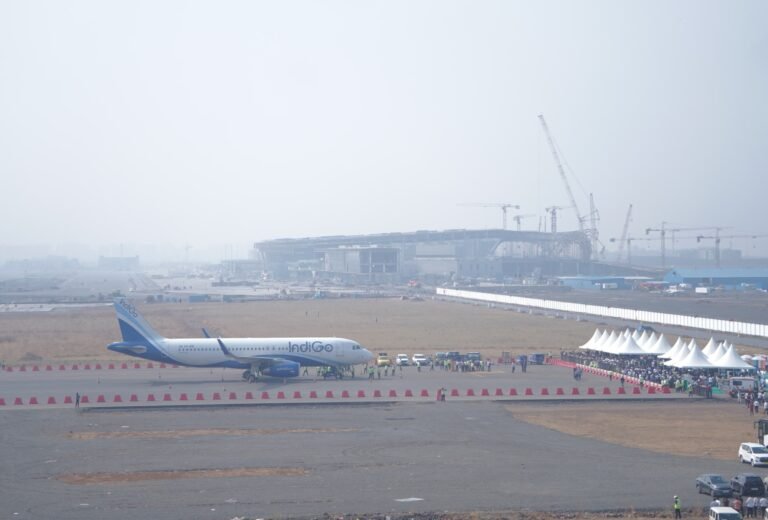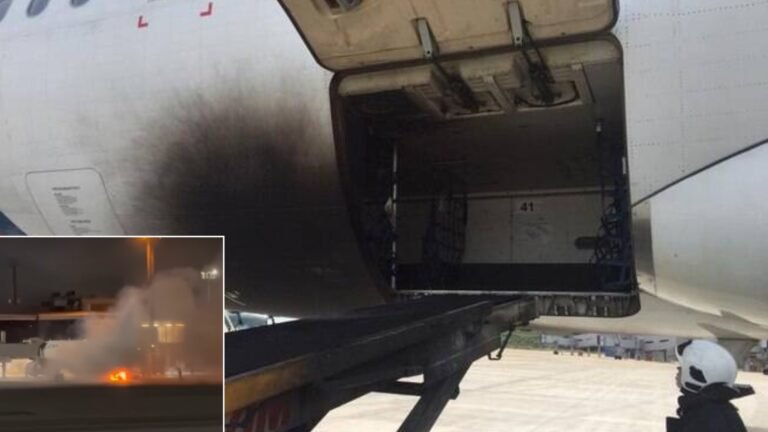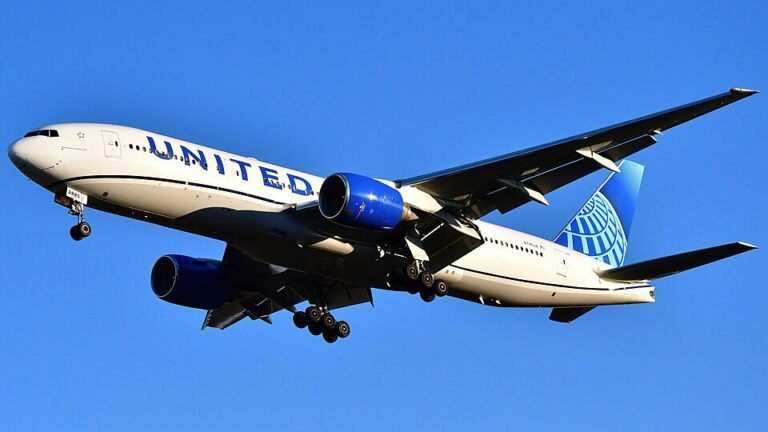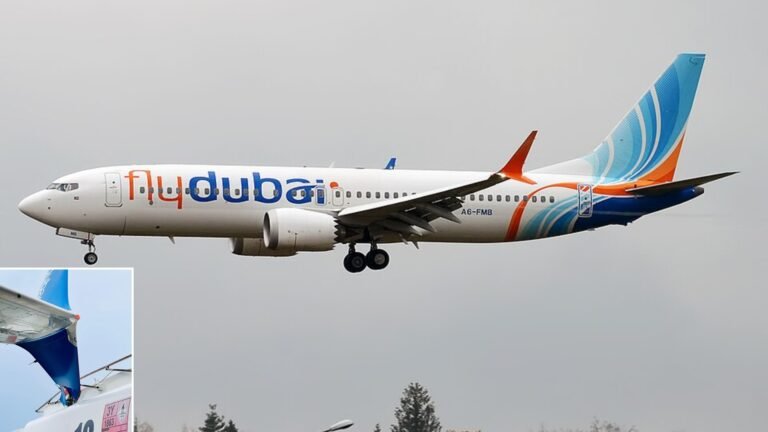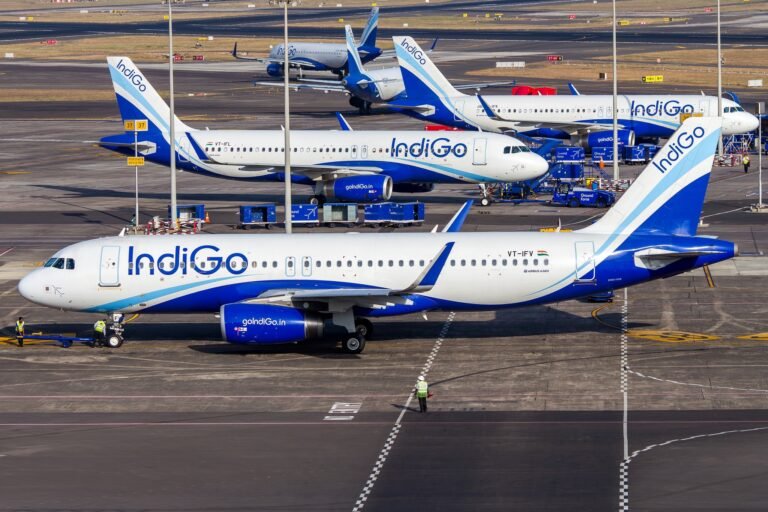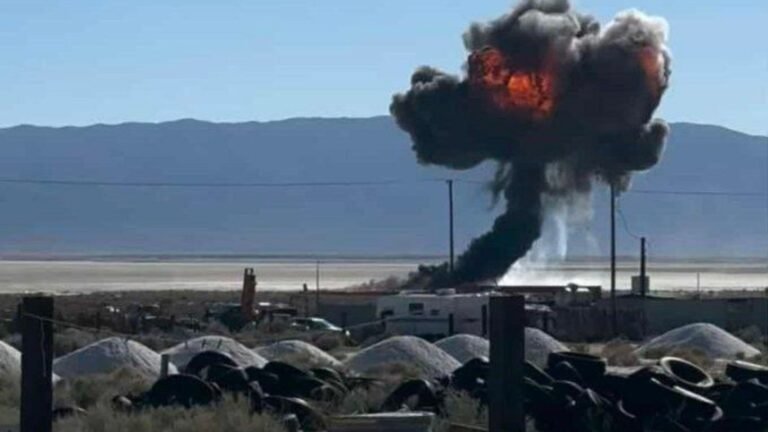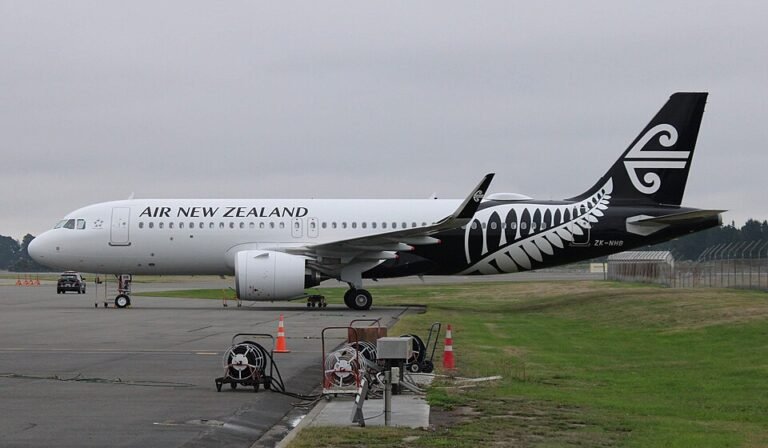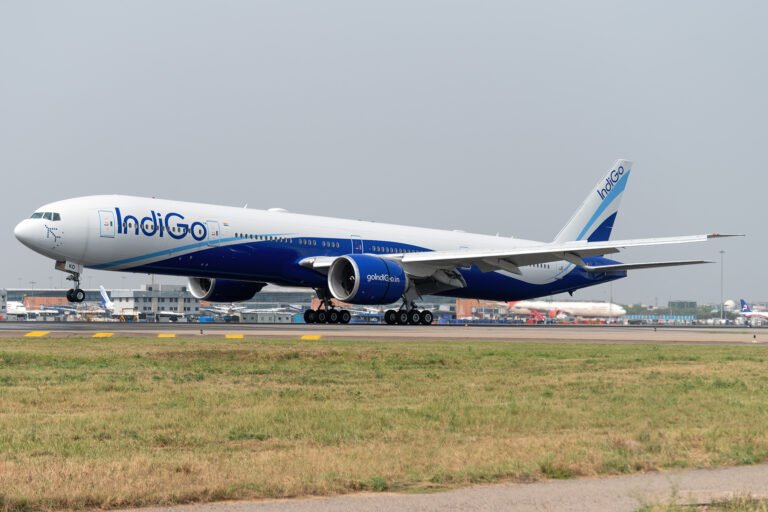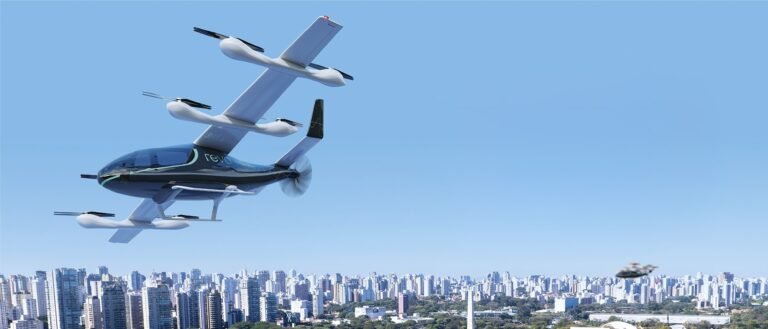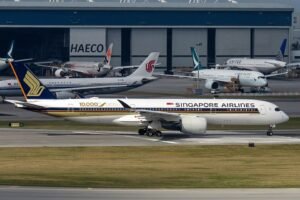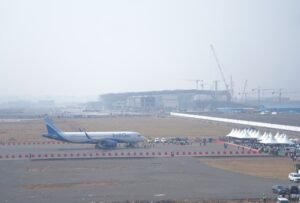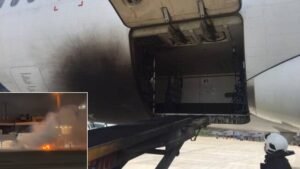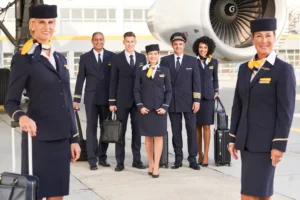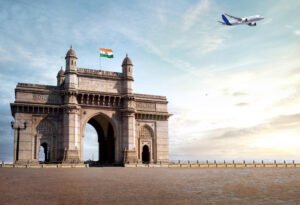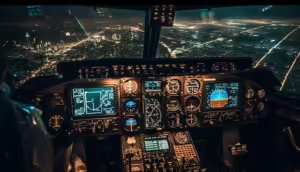Picture credits: Sarla Aviation X
India: The Directorate General of Civil Aviation (DGCA) has entered into a collaboration with the International Civil Aviation Organization (ICAO) and other global aviation authorities to facilitate the development of Advanced Air Mobility (AAM) in India. This partnership focuses on integrating new technologies, including electric Vertical Take-Off and Landing (eVTOL) aircraft, into the country’s aviation sector.
At the International Conference on Air Mobility in Greater Noida, organized by the Confederation of Indian Industry (CII) and the Ministry of Civil Aviation, DGCA Chief Faiz Ahmed Kidwai highlighted the importance of establishing a comprehensive regulatory framework for AAM. Kidwai noted that electric air mobility, particularly eVTOL technology, is growing in India, with several companies now working on its development.
DGCA’s Regulatory Focus for AAM
The DGCA is focusing on several regulatory areas to ensure the integration of AAM into India’s aviation system. One of the priorities is the establishment of infrastructure, such as vertiports, to support the operations of eVTOL aircraft. These facilities are critical for the safe and efficient operation of electric air mobility vehicles.
Additionally, the DGCA is working on developing certification standards for eVTOL aircraft to ensure their safety and compliance with aviation regulations. The agency is also focusing on creating training and licensing frameworks for pilots in AAM. To support AAM services, the DGCA is outlining specific criteria for airport operators.
Furthermore, the DGCA is working to integrate AAM technologies into the existing air traffic management system to ensure coordination between traditional and electric aircraft. Maintenance, repair, and overhaul (MRO) standards for AAM vehicles are also being developed.
Collaboration with ICAO and Focus on Safety
Kidwai emphasized the role of global collaboration in the development of AAM regulations. The DGCA is working with ICAO and other international aviation bodies to ensure India’s AAM regulatory framework aligns with global standards.
“Safety is an enabler, and industry leaders must keep it at the core of their strategy for the evolution to the next steps,” Kidwai stated.
The DGCA is incorporating the latest regulatory updates from global aviation authorities to develop a comprehensive and safe framework for AAM.
Challenges in AAM Integration
Kidwai acknowledged the challenges involved in integrating AAM technologies into India’s aviation sector. One of the key challenges is the coordination between various stakeholders, including government agencies, industry players, and regulatory bodies.
Technical feasibility is another concern, as the DGCA is working to ensure that AAM vehicles can safely operate within India’s airspace. In addition, the development of necessary infrastructure, including vertiports and maintenance facilities, is essential to support the operations of eVTOL aircraft.
India’s Role in AAM Development
India’s collaboration with ICAO and other global aviation bodies positions the country to be a key player in the development of AAM technologies. The DGCA is working to integrate eVTOL aircraft and other AAM vehicles into India’s aviation system, focusing on ensuring safety and alignment with international standards.
Stay tuned to Aviation Today for more such interesting news.

